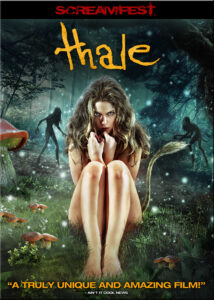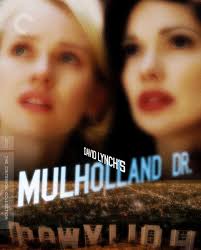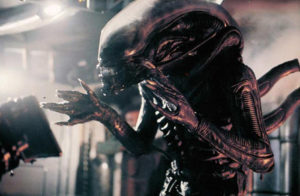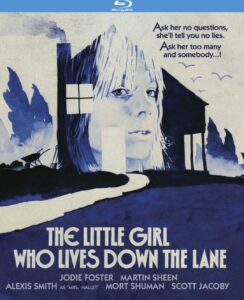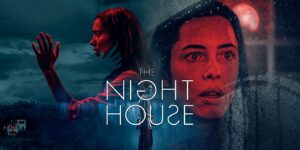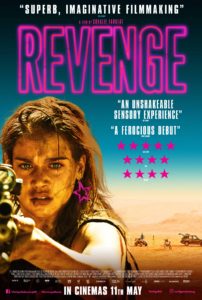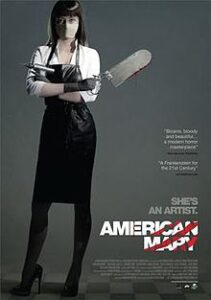I kicked off Spooky Season 2021 watching 1974’s The Texas Chainsaw Massacre, a foundational film in the slasher genre and one that I had never seen before. (I must confess of the various sub-genre of horror slashers are among the least like by me.) Made for the equivalent of 700,0000 dollars today, TTCM is a very low budget exploitive movie that had surprisingly little gore or explicitly depicted violence/ It is also in my eye quite dull, uninteresting, and generally unworthy of viewing.
Five young adults, couples Sally and Jerry, Pam and Kirk, along with Sally’s brother Franklin, a wheelchair user, drive is rural part of Texas after reports of graverobbing to ensure that Sally 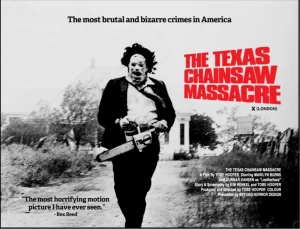 and Franklin’s grandfather’s grave is not among the violated. afterwards they visit the family homestead, long abandoned, and after becoming separated one by one fall victim to a local family of cannibals one of, Leatherface, murders and dismembers the victims with a chainsaw.
and Franklin’s grandfather’s grave is not among the violated. afterwards they visit the family homestead, long abandoned, and after becoming separated one by one fall victim to a local family of cannibals one of, Leatherface, murders and dismembers the victims with a chainsaw.
Directed, produced, and co-written by Tobe Hoppe, TTCM makes the most of its limited budget, shooting locations, and cast and could have been a far more interesting movie. Its essential flaw is that the five central characters lack any real sense of character. Of these young people in peril the only defining characteristic I can recall from last night’s viewing is that Pam believes in astrology. Beyond that I can’t tell you anything about each of them as a person, other than the cinematic cliches of being quite dim about entering strange buildings uninvited and refusing to go to authorities when people go missing in the wilds at night. This lack of character or personality ultimately means a lack of caring as people stumble blindly into their doom. Rather than a sense of tragedy from unforeseeable events I experienced only boredom and irritation at their actions and dialog. Luckily the movie runs a brief but seemingly interminable 83 minutes.
The Texas Chainsaw Massacre is currently streaming on Shudder as one of their ‘essentials.’
My SF/Noir Vulcan’s Forge is available from Amazon and all booksellers. The 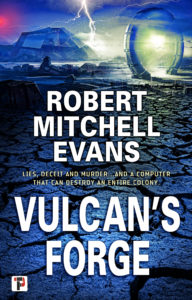 novel is dark, cynical, and packed with movie references,
novel is dark, cynical, and packed with movie references,

